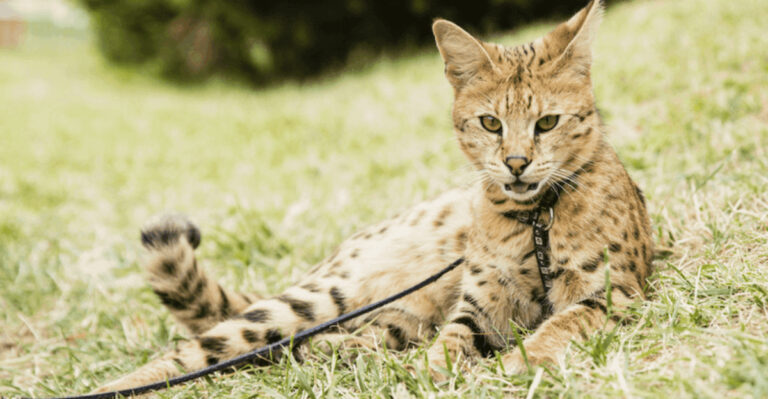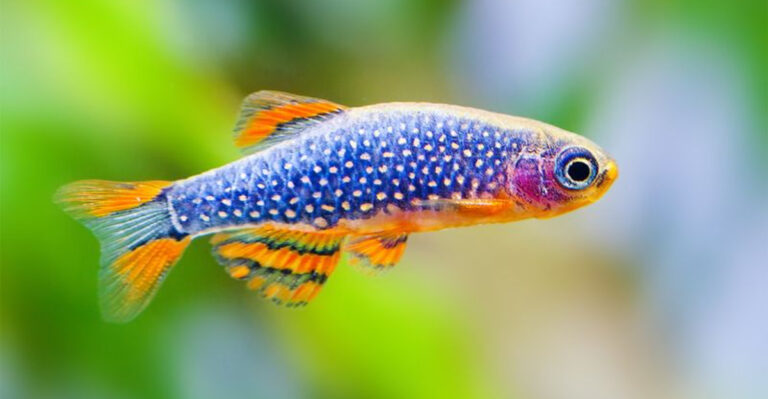These Are The 16 Smallest Invertebrates Ever Spotted In The U.S.
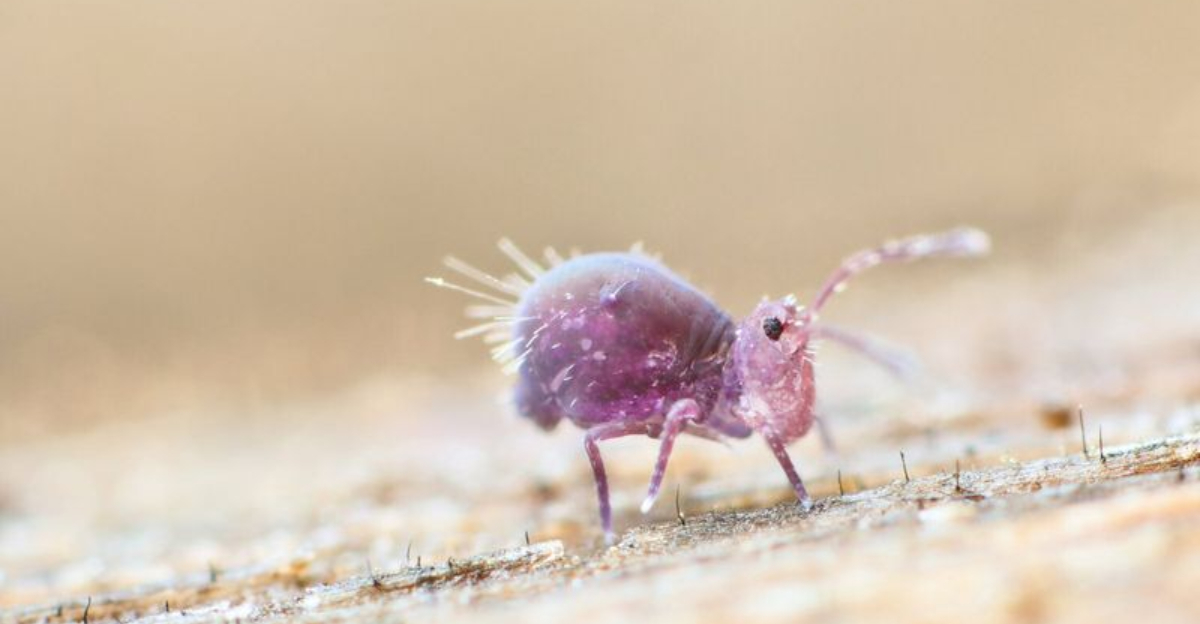
They might be almost invisible to the naked eye, but these tiny creatures play mighty roles in the ecosystems around us.
Some are helpful garden allies, while others are microscopic mysteries still being studied by scientists. Ready to meet the miniature marvels hiding in plain sight?
1. Fairyflies (Mymaridae Family)
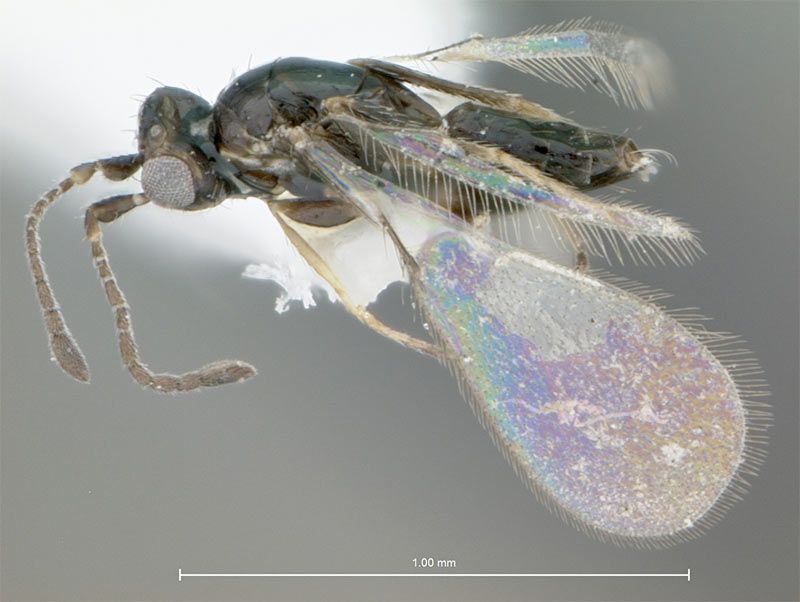
Imagine a creature so tiny, you’d need a microscope just to say hello! Fairyflies are the tiniest invertebrates in North America and sometimes measure less than 0.2 mm.
You’d probably mistake them for dust particles if you saw them! These wasp-like critters play a big role, especially when it comes to controlling pest populations.
They’re nature’s pest control agents and love to lay their eggs inside those of other insects, ensuring a balanced ecosystem.
2. Minute Pirate Bugs (Orius Spp.)
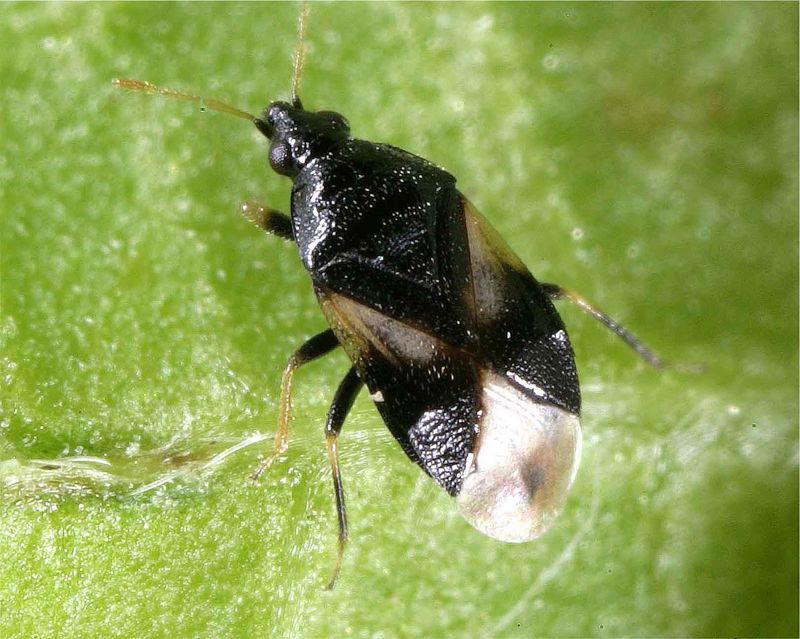
Ever heard of a bug that’s both tiny and fierce? Minute pirate bugs are only 2 mm long but are like the ninjas of the insect world!
Known for their appetite for pests, these little predators keep gardens and crops safe from harmful insects.
Their small size allows them to reach places larger predators can’t, making them incredibly efficient. Whether in fields or greenhouses, minute pirate bugs are essential allies for farmers everywhere.
3. Featherwing Beetles (Ptiliidae Family)
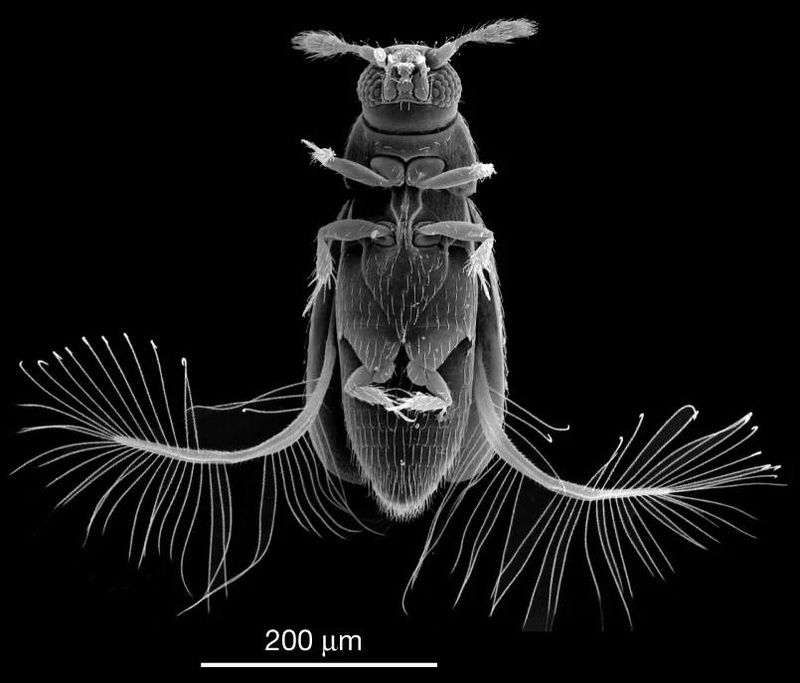
Think of an insect that can almost hide in a speck of dust. Featherwing beetles, some under 0.5 mm, are among the smallest beetles globally.
These tiny wonders live in decaying organic matter, breaking it down and aiding in nutrient cycling. Their feathery wings set them apart, allowing them to float effortlessly through the air.
Despite their small size, they’re crucial players in the decomposition process, helping to keep ecosystems healthy and thriving.
4. Springtails (Collembola)
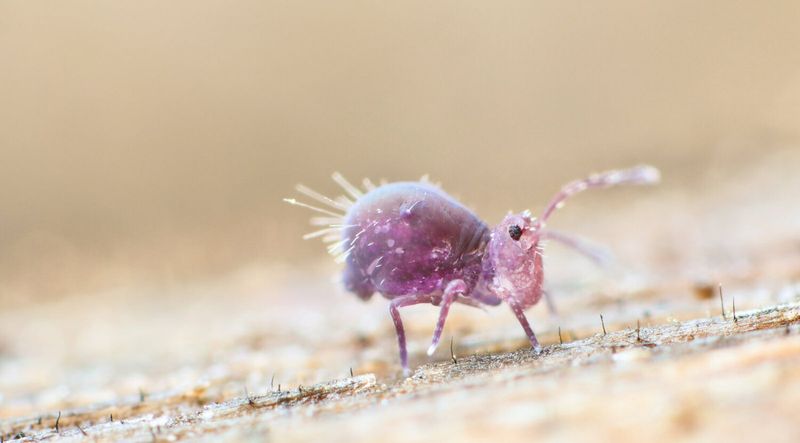
Picture jumping beans, but even smaller! Springtails are micro-arthropods commonly found in leaf litter and soil, measuring only about 1–2 mm long.
These fascinating creatures use a special spring-like structure to catapult themselves away from danger, making them quite the escape artists.
Despite their size, springtails play a huge role in breaking down organic materials, enriching the soil, and promoting plant growth. They’re the unsung heroes of the garden!
5. Gall Midges (Cecidomyiidae Family)
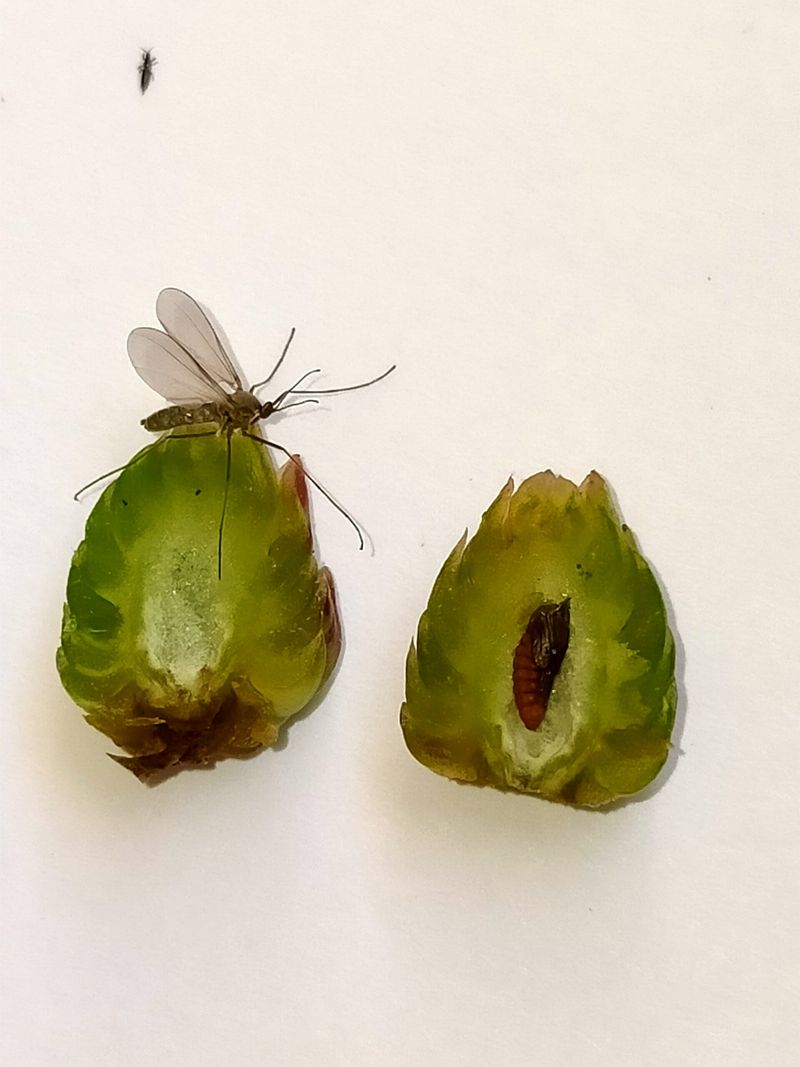
What if I told you that some insects are artists in disguise? Gall midges, often less than 3 mm, create unique plant galls where their larvae grow.
These tiny flies have a delicate, almost ethereal appearance, with long legs and dainty wings. The galls can vary in shape and color, adding unexpected beauty to plants.
While the galls might look strange, they rarely harm the host plant and are a fascinating example of nature’s creativity!
6. Aphids
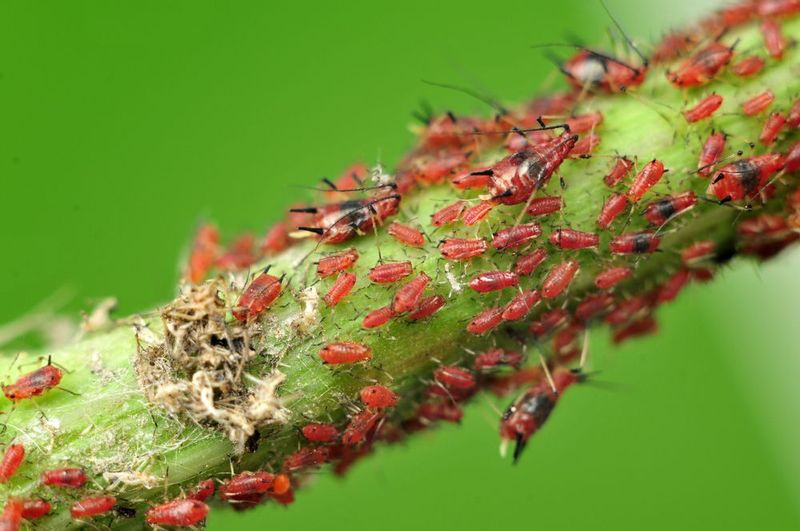
Can you imagine an insect so small yet so impactful? Aphids are sap-sucking insects, usually just 1–3 mm long, invading gardens and forests alike.
Despite their size, their numbers can grow rapidly, making them formidable pests. Their ability to reproduce quickly and adapt to various environments keeps gardeners on their toes.
But don’t worry, many natural predators, like ladybugs, love feasting on them, maintaining nature’s balance.
7. Thrips
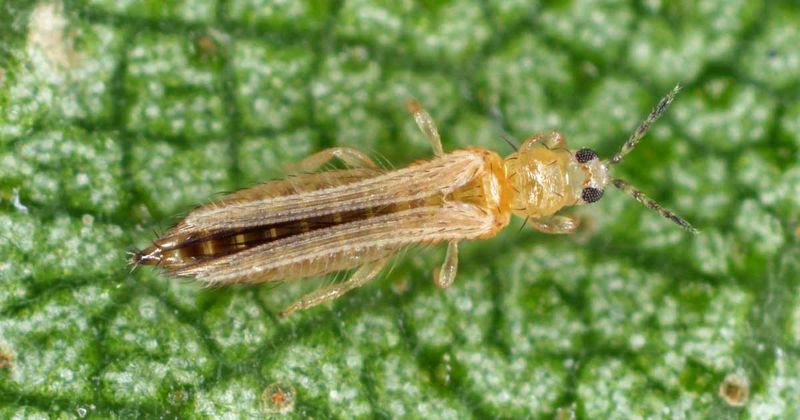
If you’ve seen tiny specs moving on your plants, you’ve met thrips. These slender insects, often no longer than 1.5 mm, are a common sight in gardens.
Thrips feed on plant tissue, which can cause noticeable damage if left unchecked. They’re lightweights in the insect world, but their presence is felt by anyone trying to maintain lush, healthy plants.
Thrips might be tiny, but they remind us that size doesn’t dictate impact.
8. Spider Mites

Spider mites are the stealthy ninjas of the plant world, sneaking in unnoticed. At less than 1 mm, these arachnids are hard to spot until you see the telltale webs they leave behind.
They thrive in warm, dry conditions, making them common pests in houseplants and crops. Although tiny, spider mites can cause significant damage by sucking plant juices, leading to weakened plants.
They’re a reminder that even the smallest can cause big headaches!
9. Booklice (Psocoptera)

Ever noticed tiny insects in your old books? Meet booklice, usually just 1–2 mm long. These soft-bodied creatures thrive in damp, moldy environments, making them common in forgotten, dusty corners.
Despite their name, they aren’t true lice and don’t bite. Booklice feed on mold and fungi, contributing to decomposition in their micro-ecosystems.
They’re harmless to humans but can be a nuisance for archivists preserving delicate materials.
10. Dust Mites
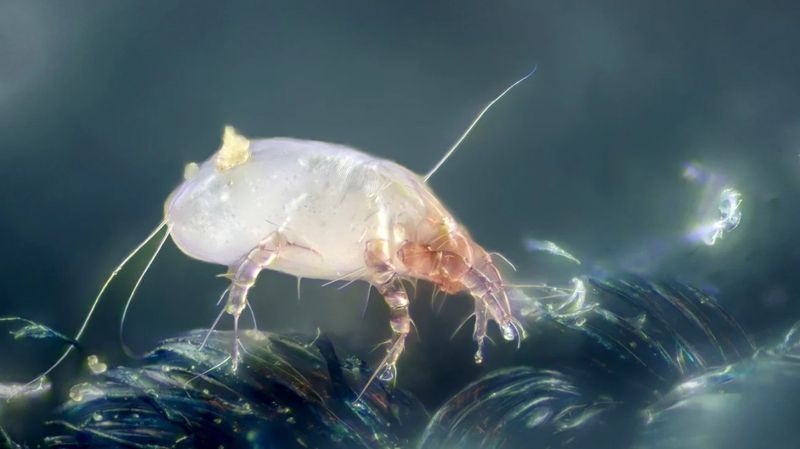
Meet your invisible roommates! Dust mites, only 0.2–0.3 mm in size, are microscopic arachnids lurking in household dust and bedding.
Though you can’t see them, they’re everywhere, feeding on dead skin cells. While harmless to most, they can be a nightmare for those with allergies.
Keeping a clean, well-ventilated home helps keep their numbers down. Dust mites remind us that even what we can’t see can significantly impact our daily lives.
11. Minute Bark Beetles (Corticeus Spp.)
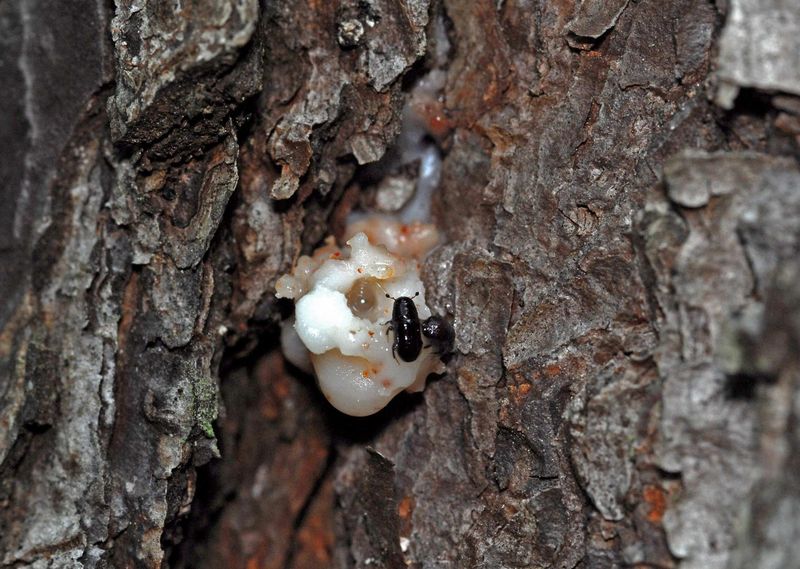
Imagine living your life beneath the bark of trees! Minute bark beetles, some barely 1.5 mm long, do just that.
These tiny beetles play a crucial role in breaking down dead wood, an essential process for nutrient cycling.
By burrowing into tree bark, they also help control tree populations, preventing overcrowding. While they may be small, minute bark beetles are vital for maintaining forest health and balance.
12. Parasitic Nematodes

If you’ve ever wondered what’s lurking in the soil beneath your feet, meet the parasitic nematodes.
These microscopic roundworms can measure as small as 0.1 mm during their larval stages. Found in soil and water, they play various roles in their ecosystems, from pest control to decomposition.
While some nematodes can be harmful to plants, others benefit agriculture by controlling harmful insects. They’re a small but mighty force in soil health.
13. Ensign Scale Insects (Ortheziidae Family)
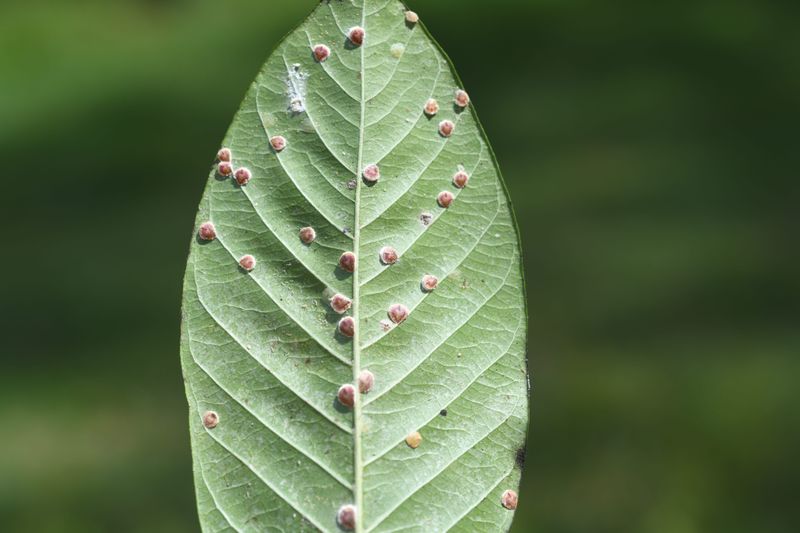
Ever seen tiny waxy spots on plants? You might have encountered ensign scale insects.
These sap-suckers grow to only about 1.5 mm and often hide beneath a protective waxy coating. While they look like harmless specks, they can weaken plants by sucking their sap.
Predators like ladybugs help control their populations, maintaining ecological balance. Despite their size, ensign scale insects remind us of the intricate web of life in our gardens.
14. Ant-Loving Beetles (Pselaphinae Subfamily)
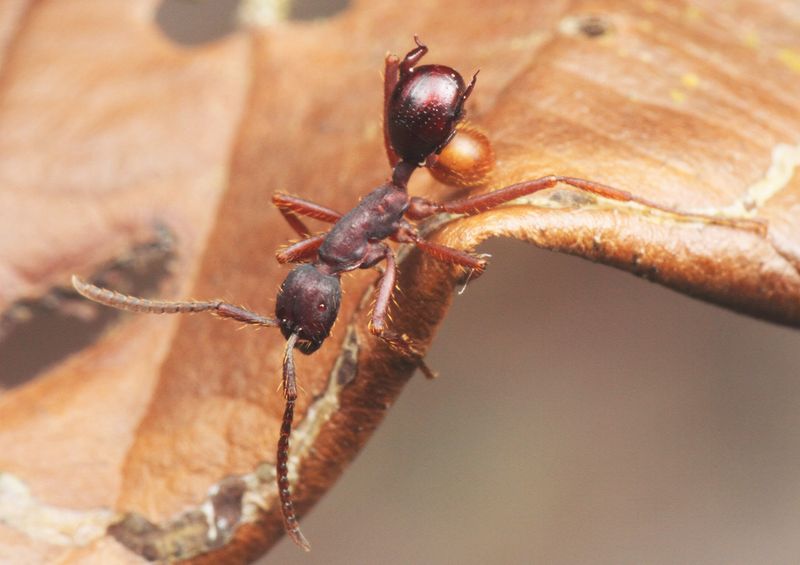
Who knew beetles and ants could be best friends? Ant-loving beetles, rarely longer than 2 mm, live in ant nests.
These tiny beetles have formed symbiotic relationships with their hosts, benefiting from the ants’ hospitality while offering cleaning services in return.
Their shiny bodies often mimic their hosts, providing camouflage and protection. Despite their size, ant-loving beetles play a fascinating role in the intricate social structures of ant colonies.
15. Globular Springtails (Sminthuridae Family)
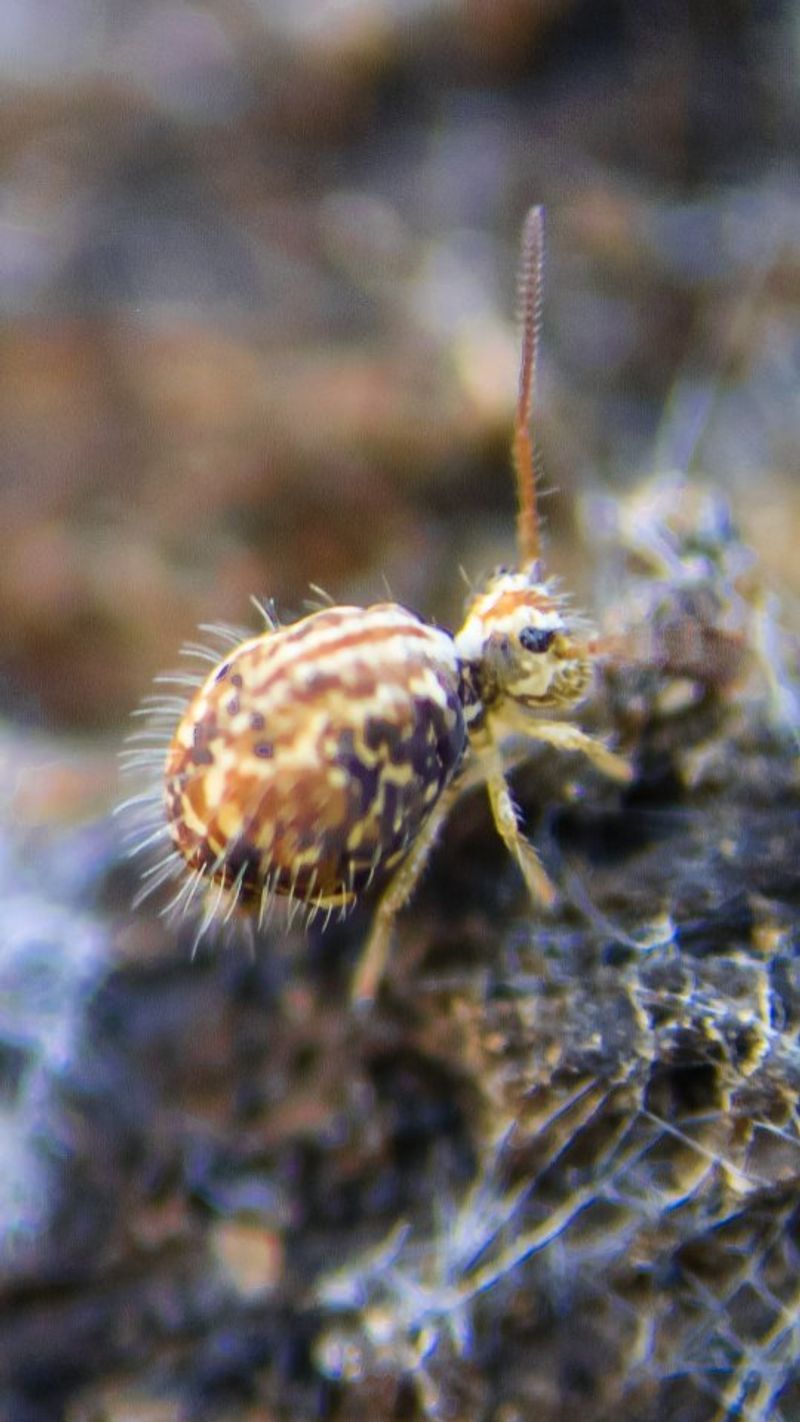
Imagine bouncing around the forest floor with a built-in trampoline! Globular springtails, with their round bodies and under 2 mm in size, do just that.
These small creatures use a unique spring mechanism to propel themselves away from danger. Found in damp environments, they contribute to decomposition and nutrient cycling.
Their playful bouncing and vital ecological role make them an essential part of the forest ecosystem.
16. Minute Parasitic Wasps (Trichogrammatidae Family)
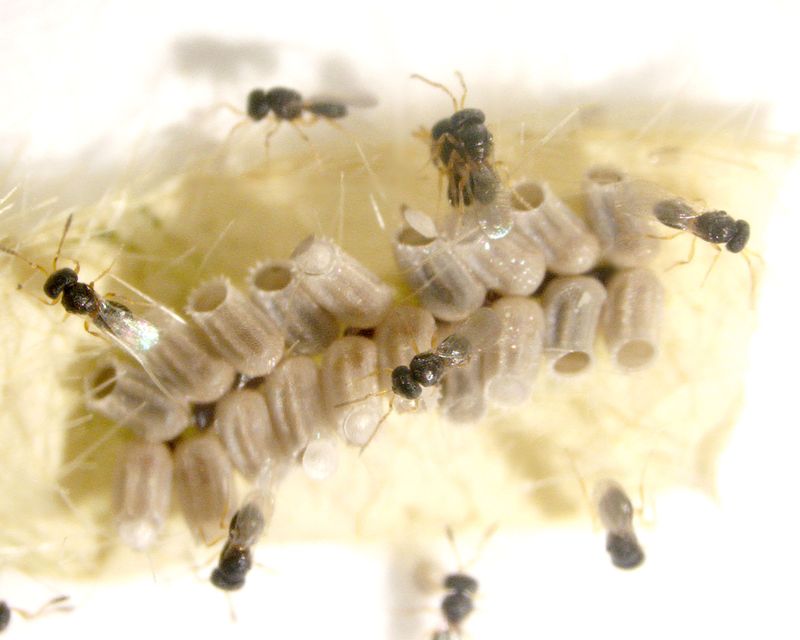
Meet the tiny wasps with a big job. Minute parasitic wasps, some under 0.2 mm, are barely visible but play a crucial role in controlling pest populations.
They lay their eggs inside other insects’ eggs, ensuring their young have a ready meal upon hatching.
Despite their small size, these wasps are essential allies for farmers and gardeners, keeping harmful insect populations in check. They’re proof that tiny creatures can make a big difference!

